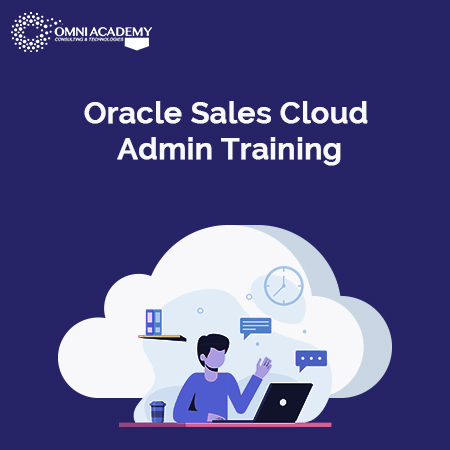MySQL for Database Administrators
The MySQL for Database Administrators course teaches DBAs and other database professionals how to maximize their organization’s investment in MySQL and about the benefits of using the MySQL Cloud Service. Learn to configure the MySQL Server, set up replication and security, perform database backups, optimize query performance, and ensure high availability.
Benefits To You:
After taking this course, you will be equipped to use all the features of MySQL to get the best out of your Web, Cloud, and embedded applications, whether you work with the command line or graphical tools such as MySQL Workbench and MySQL Enterprise Monitor, whether you use on-premise or MySQL Cloud-based instances, and whether your challenge is complex replication requirements or highly-tuned transactional systems.
Course Content:
Introduction to MySQL
MySQL overview
MySQL Enterprise Edition
MySQL on the Web
MySQL in the Cloud
The MySQL community
Installing MySQL
Installing MySQL
Installed Files and Directories
Initial Configuration
Starting and Stopping MySQL
Upgrading MySQL
MySQL Architecture
Architectural Overview
How MySQL Transmits Data
How MySQL Processes Requests
How MySQL Stores Data
Tablespaces
Redo and Undo Logs
How MySQL Uses Memory
Plug-in Interface
Configuring MySQL
Server Options, Variables, and the Command Line
Option Files
System Variables
Launching Multiple Servers on the Same Host
Monitoring MySQL
Monitoring MySQL with Log Files
Monitoring MySQL with Status Variables
Monitoring MySQL with Performance Schema
MySQL Enterprise Audit
MySQL Enterprise Monitor
Monitoring User Activity
User Management
MySQL Privilege System
Creating and Modifying User Accounts
Configuring Passwords and Account Expiration
Authentication Plug-Ins
Granting Permissions
Grant Tables
Resetting a Forgotten Root Password
MySQL Security
Security Risks
Network Security
Secure Connections
Password Security
Operating System Security
Protecting Against SQL Injections
MySQL Enterprise Firewall
Maintaining a Stable System
Stability
Why Databases Fail
Capacity Planning
Troubleshooting
Identifying the Causes of Server Slowdowns
InnoDB Recovery
Optimizing Query Performance
Identifying Slow Queries
The EXPLAIN statement
Working with Indexes
Index Statistics
Backup Strategies
Understanding Backups
Backup Techniques
Creating a Backup Strategy
Performing Backups
MySQL Backup Tools
Raw Backup Methods
Techniques that Use the Binary Log
Configuring a Replication Topology
Overview of Replication
Replication Conflicts
When to Use Replication
Configuring Replication
Administering a Replication Topology
Failover
MySQL Utilities
Replication Threads
Monitoring Replication
Troubleshooting Replication
Group Replication
Overview
Single-Primary and Multi-Primary Modes
Configuring Group Replication
Monitoring Group Replication
Skills Required
Fresh IT Student /No programming knowledge of SQL or MySQL is required. You should have basic experience of using computers and web browsers. This includes:
- able to use keyboard and mouse
- know how to create, save, move and rename files
Job Interview Questions
- PHP + MYSQL Job Interview Questions & Answers
- Data Sciences Job Interview Questions and Answers
- Machine Learning Job Interview Questions
Stay connected even when you’re apart
👬🏻Join our WhatsApp Channel – Get discount offers
🧮 500+ Free Certification Exam Practice Question and Answers
Internships, Freelance and Full-Time Work opportunities
👫🏻 Join Internships and Referral Program (click for details)
👫🏻 Work as Freelancer or Full-Time Employee (click for details)
Flexible Class Options
- Week End Classes For Professionals SAT | SUN
- Corporate Group Trainings Available
- Online Classes – Live Virtual Class (L.V.C), Online Training
Related Courses
Python Programming (for Beginner)
MySQL Database (for Beginners)
Java Programming for Beginners
PHP Programming (for Beginner)
Computer Networking (for Beginners)
Excel Training Course (for Beginners)
Coding Classes for Kids – Programming HTML CSS






